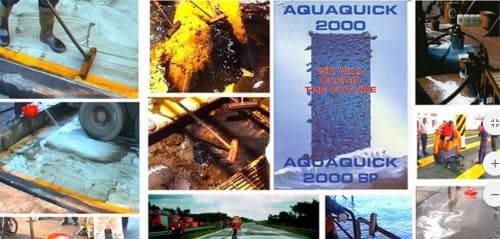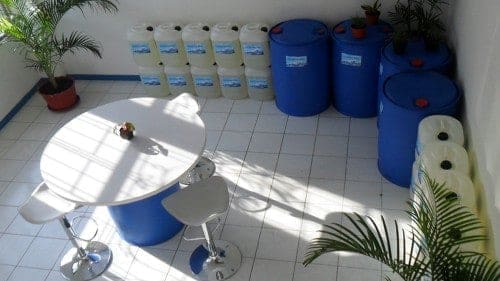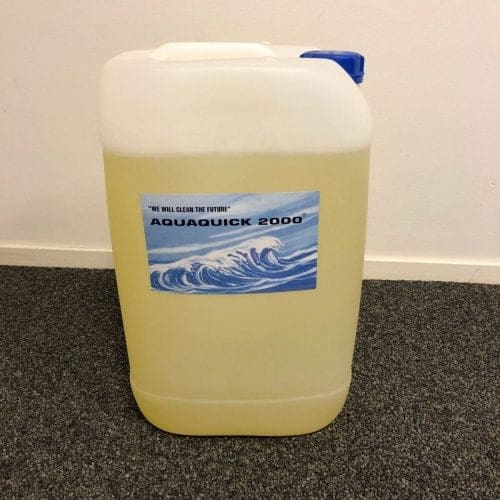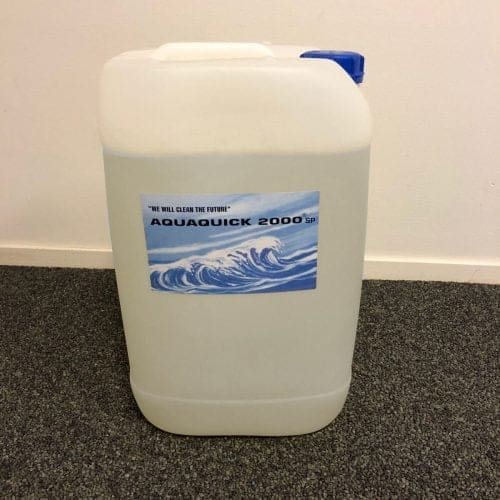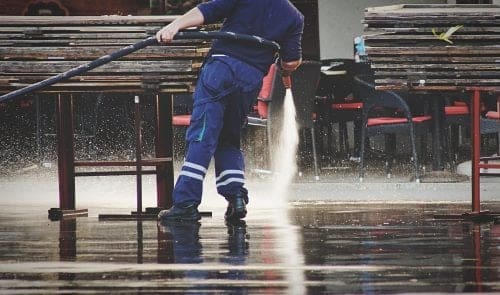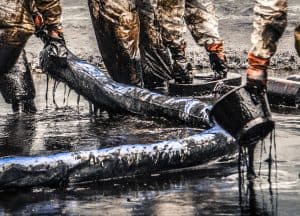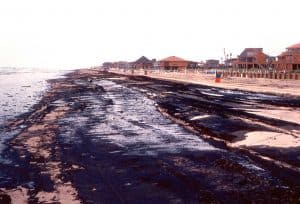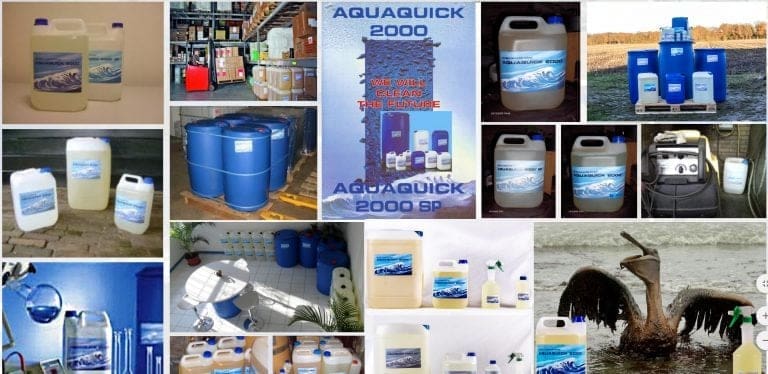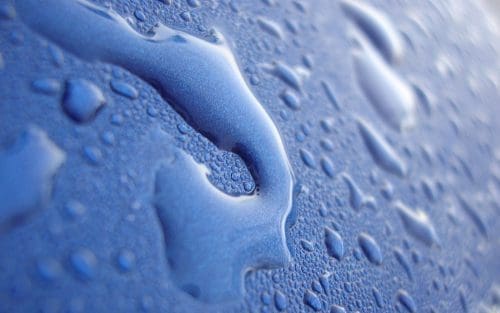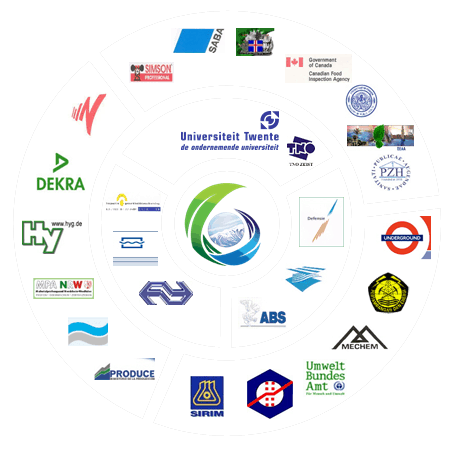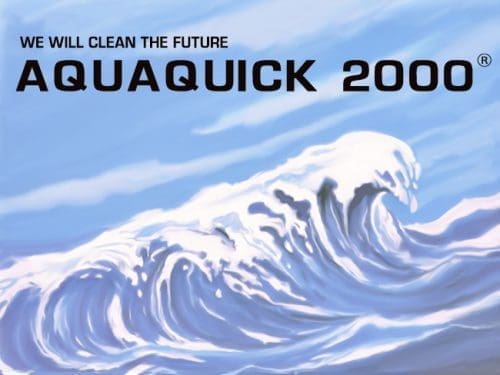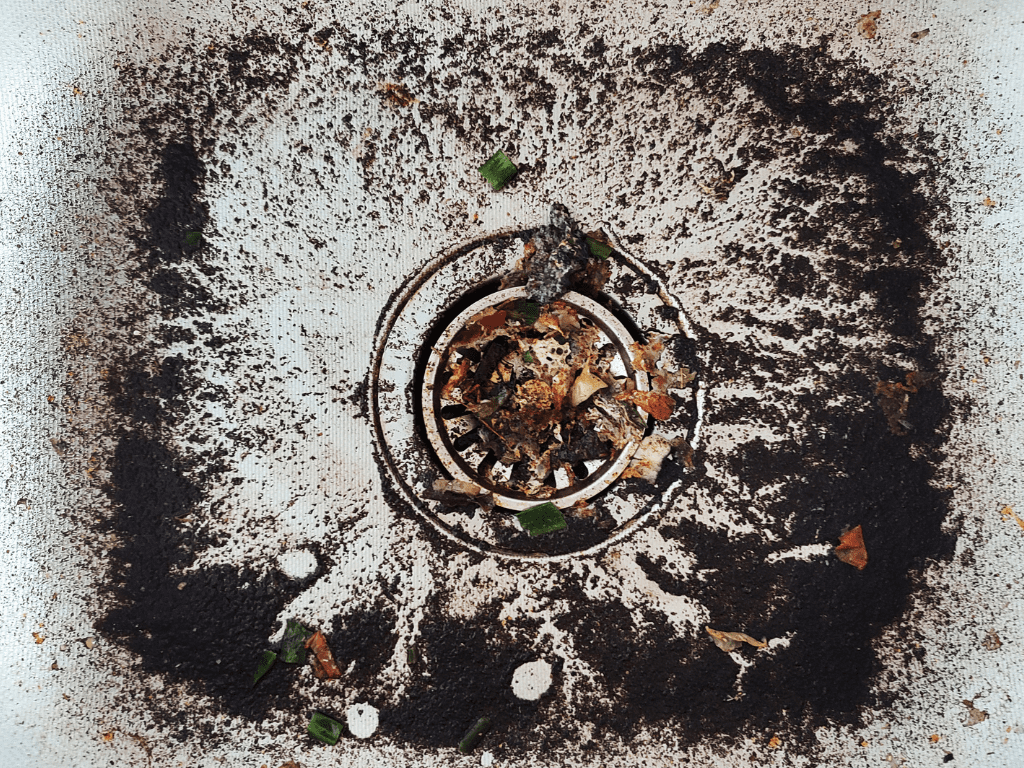Oil spills present significant environmental challenges, threatening marine ecosystems, wildlife, and coastal communities. The urgency to address these disasters has led to the development of various cleanup techniques. However, traditional methods often involve harmful chemicals and mechanical interventions that can further harm the environment. In this comprehensive guide, we will explore eco-friendly solutions and how to clean up oil spills. These methods prioritize environmental sustainability while effectively mitigating the impacts of spills on our oceans and coastlines
Understanding the Impact of Oil Spills
Before delving into cleanup solutions, it’s crucial to understand the wide-ranging consequences of oil spills. These events disrupt marine ecosystems, contaminate water bodies, harm wildlife, and devastate local economies. The ecological damage extends beyond the immediate spill area, impacting habitats and species across vast distances.
1. Ecological Damage:
- Oil spills wreak havoc on marine ecosystems, contaminating water bodies and disrupting delicate balances of life.
- Oil coats the surfaces of water, preventing the exchange of oxygen and sunlight vital for aquatic organisms’ survival.
- Phytoplankton, the foundation of marine food chains, can be suffocated by oil slicks, leading to cascading effects on higher trophic levels.
- Coral reefs, mangroves, and estuaries, which serve as critical habitats and nurseries for numerous species, are particularly vulnerable to oil pollution.
- Toxic components of crude oil, such as polycyclic aromatic hydrocarbons (PAHs), can persist in the environment for years, causing long-term harm to marine life.
2. Wildlife Impacts:
- Oil spills pose immediate threats to marine and avian species, coating feathers and fur with sticky oil that impairs insulation and buoyancy.
- Marine mammals, such as dolphins, whales, and seals, are at risk of ingesting oil-contaminated prey or inhaling toxic fumes, leading to respiratory issues and organ damage.
- Birds are especially susceptible to oil spills, with oil-coated feathers compromising their ability to fly, regulate body temperature, and hunt for food.
- Fish and shellfish populations may suffer from reduced reproductive success, developmental abnormalities, and contamination of edible tissues, posing risks to human health through seafood consumption.
3. Economic Consequences:
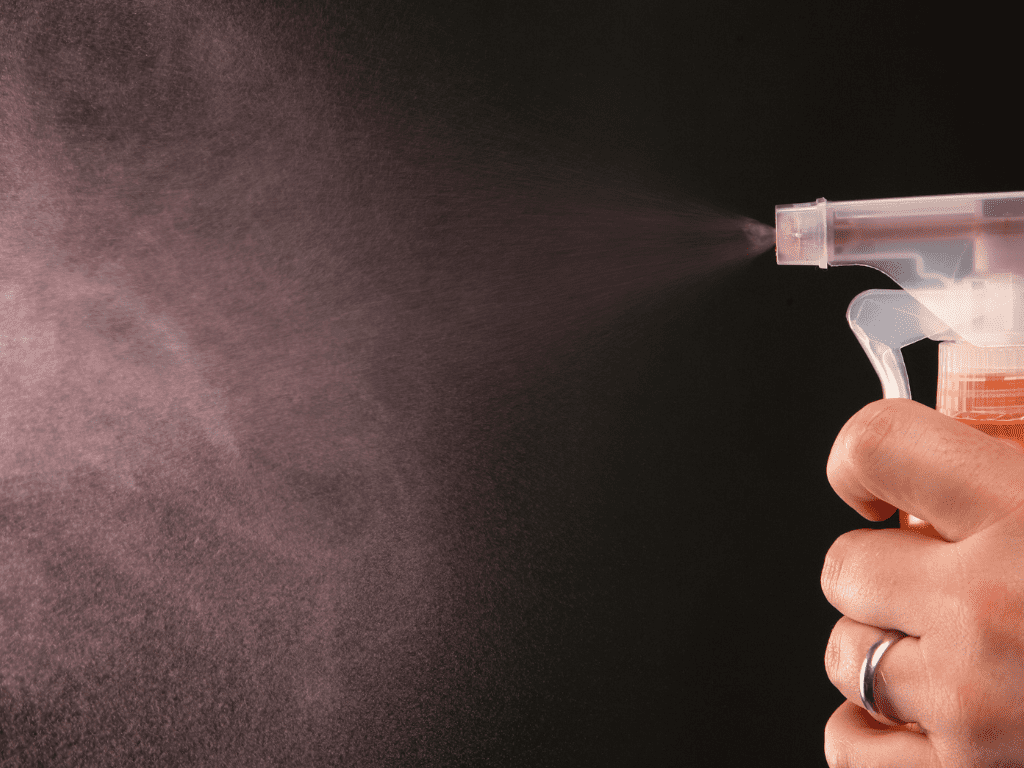
- Coastal communities reliant on fishing, aquaculture, and tourism industries bear the brunt of oil spill impacts, facing financial losses and long-term recovery challenges.
- Fisheries closures and seafood advisories undermine local economies, depriving residents of livelihoods and diminishing food security.
- Tourism-dependent regions experience declines in visitor numbers due to perceptions of pollution and environmental degradation, exacerbating economic hardship.
4. Human Health Risks:
- Exposure to oil spill contaminants, including volatile organic compounds (VOCs) and heavy metals, can pose health risks to cleanup workers and nearby residents.
- Inhalation of oil vapors or direct skin contact with contaminated water may cause respiratory irritation, dermatitis, and other adverse health effects.
- Consumption of contaminated seafood presents risks of exposure to harmful chemicals, raising concerns about the safety of seafood consumption in affected areas.
5. Long-term Environmental Impacts:
- Even after visible cleanup efforts cease, oil residues may persist in sediments, soil, and water, continuing to leach toxins into the environment.
- Chronic exposure to low levels of oil pollution can impair reproductive success, compromise immune function, and reduce overall ecosystem resilience.
- Persistent oil contamination may lead to bio-accumulation and bio-magnification of toxins in food webs, amplifying the effects of pollution on higher trophic levels over time.
How To Clean up Oil Spills?
Recognizing the severity of these impacts underscores the importance of implementing eco-friendly cleanup strategies.
1. Prevention and Preparedness:
- The best approach to managing oil spills is prevention. Rigorous safety protocols and regulations should be in place for oil transportation, storage, and drilling operations.
- Investing in advanced technologies, such as double-hulled tankers and blowout preventers, can significantly reduce the risk of spills during oil extraction and transportation.
- Preparedness is key to a rapid and effective response to oil spill incidents. Establishing emergency response teams, conducting regular drills, and maintaining adequate spill response equipment are essential components of preparedness efforts.
2. Natural Remediation Techniques:
- Bio-remediation harnesses the power of natural microorganisms to break down oil contaminants into harmless byproducts. This eco-friendly approach can be enhanced by introducing specialized bacteria and fungi to accelerate the degradation process.
- Phytoremediation involves the use of plants to absorb and metabolize oil pollutants from soil and water. Certain plant species, known as hyper accumulators, have the ability to accumulate high concentrations of oil-related compounds in their tissues, facilitating cleanup efforts.
- Bioaugmentation techniques involve the introduction of specific microbial consortia or enzymes to contaminated sites, boosting the biodegradation of oil pollutants. These biological agents can target various components of crude oil, including hydrocarbons and aromatic compounds.
3. Mechanical and Physical Methods:
- Eco-friendly mechanical methods for oil spill cleanup include the use of absorbent materials such as natural fibers, peat moss, and coconut husks. These materials have high oil-absorbing capacities and can be deployed to soak up oil from the water surface and shoreline.
- Sorbent booms and barriers made from biodegradable materials can be used to contain and absorb oil spills, preventing further spread and minimizing environmental impact.
- Vacuum and skimming systems are effective in removing oil from the water surface, separating it from the surrounding environment without causing additional harm.
4. Chemical Dispersants:
- While chemical dispersants have been controversial due to their potential environmental impact, eco-friendly alternatives are being developed. These dispersants are formulated using biodegradable surfactants and other non-toxic ingredients, minimizing harm to marine life.
- When applied appropriately and in accordance with environmental regulations, eco-friendly dispersants can help break down oil slicks into smaller droplets, enhancing microbial degradation and accelerating the natural cleanup process.
5. Innovative Technologies:
- Advances in technology have led to the development of innovative solutions for oil spill cleanup. Autonomous drones equipped with sensors and imaging capabilities can provide real-time monitoring of spill sites, allowing for more efficient response efforts.
- Robotic systems and remotely operated vehicles (ROVs) are increasingly used for underwater oil spill cleanup operations. These machines can navigate challenging terrain and perform precise cleanup tasks while minimizing human exposure to hazardous conditions.
- Nanotechnology offers promising opportunities for enhancing oil spill cleanup. Nanomaterials such as graphene-based aerogels and magnetic nanoparticles have been developed for their exceptional oil-absorbing properties, enabling efficient removal of oil from water surfaces.
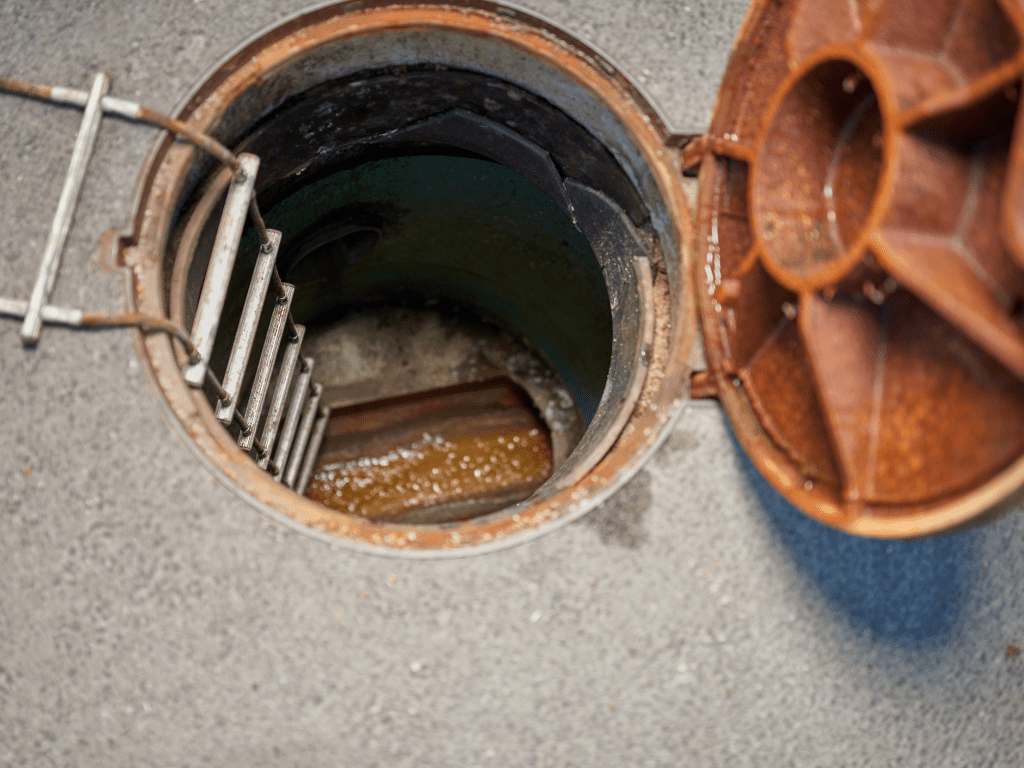
How to prevent oil spills in future?
Preventing oil spills is crucial for safeguarding marine ecosystems, protecting wildlife, and preserving coastal communities. While absolute prevention may not be possible, implementing rigorous safety measures and adopting advanced technologies can significantly reduce the risk of oil spills. Here are key strategies for preventing oil spills:
Rigorous Safety Protocols:
- Establish comprehensive safety protocols and regulations for oil extraction, transportation, and storage operations. These protocols should include stringent guidelines for equipment maintenance, personnel training, and emergency response procedures.
- Conduct regular inspections and audits to ensure compliance with safety standards and identify potential hazards before they escalate into spill incidents.
- Implement risk assessment procedures to identify and mitigate potential sources of oil spill risk, such as aging infrastructure, human error, and natural disasters.
Advanced Technologies:
- Invest in advanced technologies and equipment designed to prevent oil spills. For example, double-hulled tankers and pipelines are more resistant to punctures and leaks compared to single-hulled vessels.
- Install automatic shut-off valves and leak detection systems on pipelines and storage tanks to quickly identify and contain spills before they escalate.
- Utilize state-of-the-art monitoring technologies, such as satellite surveillance and remote sensors, to detect and respond to potential spill incidents in real-time.
Environmental Impact Assessments:
- Conduct thorough environmental impact assessments (EIAs) prior to initiating oil exploration, drilling, or transportation projects. EIAs help identify sensitive habitats, endangered species, and potential ecological risks associated with oil-related activities.
- Develop comprehensive mitigation plans to minimize the environmental impact of oil operations, including measures to protect critical habitats, implement spill response strategies, and restore affected ecosystems.
Training and Education:
- Provide comprehensive training programs for oil industry personnel, emphasizing safety protocols, spill response procedures, and environmental stewardship.
- Educate workers on the importance of environmental protection and the potential consequences of oil spills, fostering a culture of responsibility and accountability within the industry.
- Engage with local communities and stakeholders to raise awareness about the risks associated with oil-related activities and promote public participation in spill prevention efforts.
Regulatory Oversight and Enforcement:
- Strengthen regulatory oversight of oil industry activities through the implementation of robust permitting processes, compliance monitoring, and enforcement mechanisms.
- Enact strict penalties for non-compliance with safety regulations and environmental laws, deterrence measures that encourage companies to prioritize oil spill prevention and invest in risk reduction measures.
- Collaborate with international organizations and neighboring countries to establish harmonized regulations and standards for oil spill prevention and response in shared waterways and transboundary regions.
Innovation and Research:
- Encourage research and innovation in oil spill prevention technologies, such as advanced materials, predictive modeling, and remote sensing techniques.
- Support the development of eco-friendly alternatives to fossil fuels, such as renewable energy sources and biofuels, to reduce dependence on oil spill and mitigate the risks associated with oil extraction and transportation.
- Foster collaboration between government agencies, industry stakeholders, and academic institutions to exchange knowledge, share best practices, and address emerging challenges in oil spill prevention and response.
By implementing these strategies and fostering a proactive approach to oil spill prevention, we can minimize the risk of environmental disasters and promote sustainable practices in the oil industry. Ultimately, protecting our oceans and coastal environments requires a concerted effort from all stakeholders, working together to mitigate the risks posed by oil-related activities and ensure a cleaner, safer future for generations to come.
AQUAQUICK 2000: Step-by-step guide on How to Clean up Oil Spills
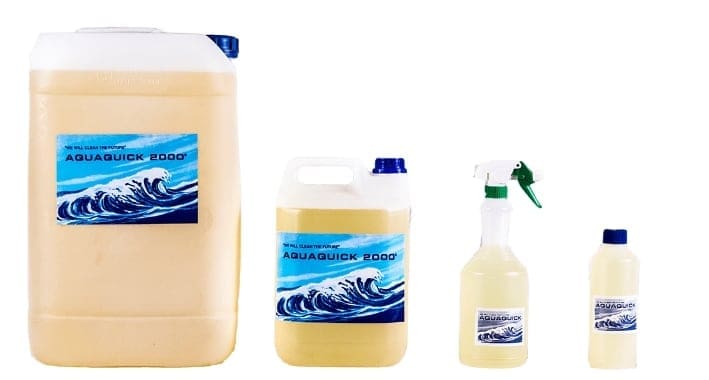
Cleaning up oil spills using AQUAQUICK 2000 involves a systematic approach to effectively remove oil contaminants from various surfaces while minimizing environmental impact. AQUAQUICK 2000 is a biodegradable and environmentally friendly cleaner and degreaser that is specifically designed for oil spill cleanup. Here’s a step-by-step guide on how to clean up oil spills using AQUAQUICK 2000:
Assess the Spill:
- Before beginning the cleanup process, assess the extent of the oil spill and identify the affected surfaces, whether they are water bodies, soil, concrete, or other substrates.
- Determine the type of oil spills or hydrocarbon-based contaminants involved in the spill, as AQUAQUICK 2000 is effective for a wide range of oils, greases, and hydrocarbons.
Prepare the Area:
- Establish appropriate safety measures to protect cleanup personnel for oil spill and prevent further contamination of the surrounding environment.
- Ensure adequate ventilation in enclosed spaces and use personal protective equipment, such as gloves, goggles, and respirators, as necessary.
- Contain the spill using absorbent materials or barriers to prevent it from spreading further and minimize environmental impact.
Apply AQUAQUICK 2000:
- Dilute AQUAQUICK 2000 according to the manufacturer’s instructions, typically with water at a ratio of 1:10 to 1:100 depending on the severity of the contamination.
- Apply the diluted AQUAQUICK 2000 solution directly to the oil-contaminated surfaces using spraying equipment, pressure washers, or manual application methods.
- Ensure thorough coverage of the affected areas, allowing the solution to penetrate and emulsify the oil contaminants for effective removal.
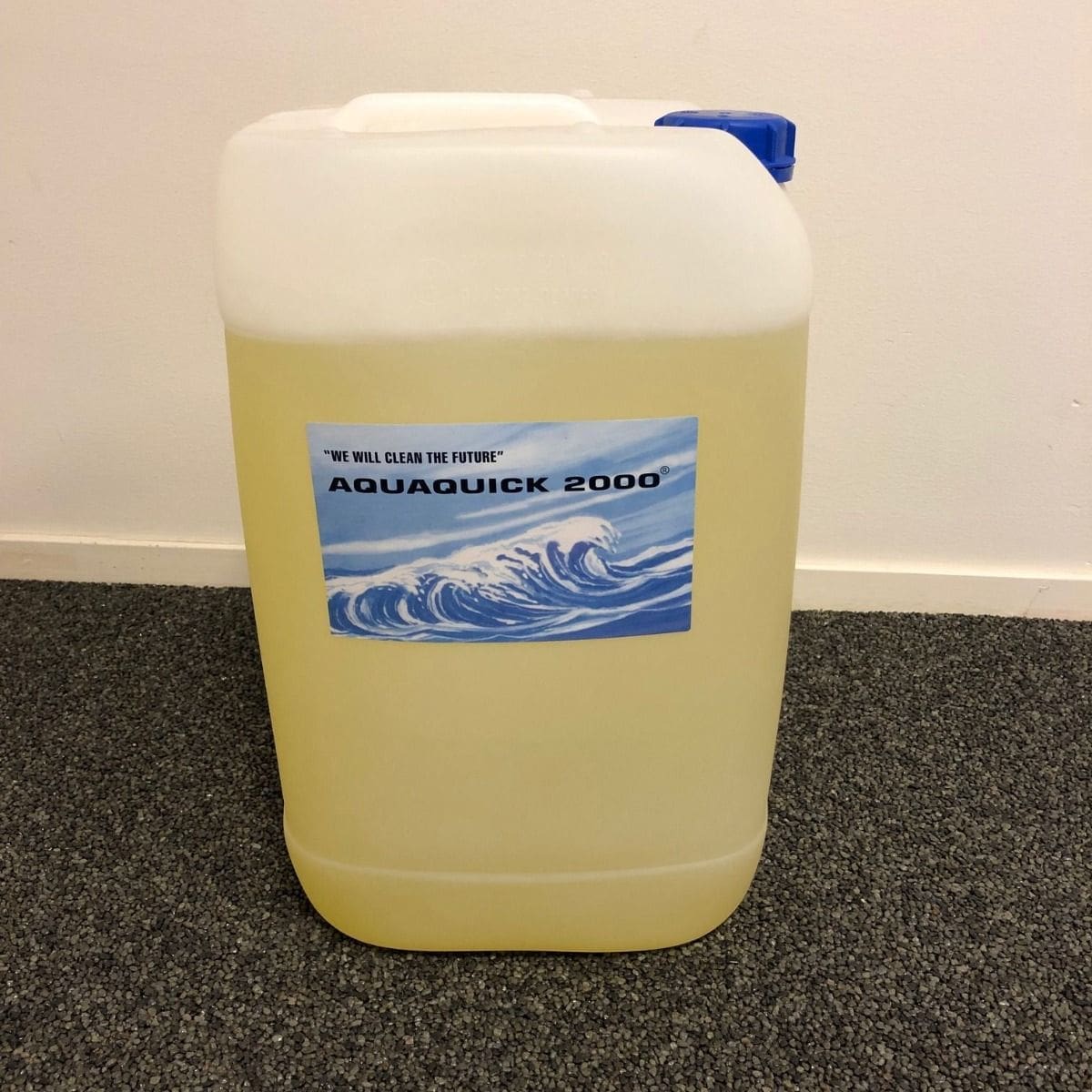
Agitate and Scrub:
- Use mechanical agitation methods, such as scrubbing brushes, brooms, or power washers, to agitate the AQUAQUICK 2000 solution and loosen the oil spill contaminants from the surfaces.
- Pay particular attention to areas with heavy oil buildup or stubborn stains, applying additional AQUAQUICK 2000 solution as needed to achieve complete coverage.
Rinse and Remove:
- After agitating the AQUAQUICK 2000 solution, rinse the cleaned surfaces thoroughly with clean water to remove the emulsified oil and residual cleaner.
- Use absorbent materials or vacuum equipment to collect and remove the oil-water mixture, ensuring proper disposal according to local regulations and environmental guidelines.
- Repeat the cleaning process as necessary until the oil contamination is fully removed and the surfaces are clean and free from residue.
Monitor and Evaluate:
- After completing the cleanup process, monitor the treated area for any signs of residual oil spill contamination or environmental impact.
- Conduct follow-up inspections and testing to assess the effectiveness of the cleanup efforts and ensure that no lingering contaminants remain.
- Document the cleanup process, including the materials used, procedures followed, and results achieved, for future reference and regulatory compliance.
By following these steps and using AQUAQUICK 2000 according to the manufacturer’s recommendations, you can effectively clean up oil spills while minimizing environmental impact and promoting sustainable practices. So, now you know how to clean up oil spills! AQUAQUICK 2000’s biodegradable formulation and versatile applications make it an excellent choice for oil spill cleanup in a variety of settings, from industrial facilities to marine environments and beyond.
Conclusion:
Effective cleanup of oil spills requires a multifaceted approach that balances environmental sustainability with practicality and effectiveness. By prioritizing eco-friendly solutions, we can minimize the ecological impact of oil spills and promote the long-term health of our oceans and coastlines. Collaboration between government agencies, industry stakeholders, and environmental organizations is essential to advancing research, innovation, and implementation of eco-friendly oil spill cleanup technologies. Together, we can work towards a cleaner and more resilient marine environment for future generations.

